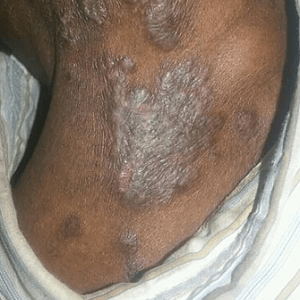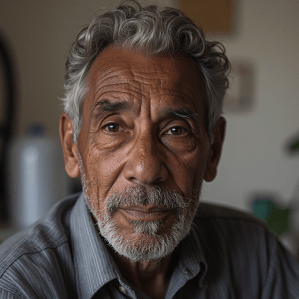Despite psoriasis being more prevalent in white populations, patients with skin of color (SOC) often face a heavier burden of disease. A recent multinational literature review published in the International Journal of Dermatology reveals that SOC patients typically present with more severe psoriasis, likely due to delayed access to dermatologic care.
Dr. Maria-Angeliki Gkini, the study’s lead author, emphasized that most psoriasis research and education has historically centered on white populations. This imbalance contributes to underrecognition of the disease in SOC patients, whose lesions often appear differently and are less easily identified. “Lesions in individuals with SOC are less recognizable and vary in appearance with more skin inflammation and changes in skin color,” Gkini explained.
Quality of life is also more significantly impacted for SOC patients. Although biologic treatments are equally effective across racial groups, SOC patients are less likely to receive them. Compounding the issue, SOC individuals remain underrepresented in clinical trials, despite ongoing efforts to improve inclusion.
Gkini also highlighted a critical gap in dermatologic education: the lack of universally accepted terminology for SOC populations. This inconsistency hampers research and the development of effective care strategies. She called for better educational materials, including diverse photo galleries, and international consensus on terminology to support more equitable care.
“Education on diagnosing and treating psoriasis in all populations, including patients with SOC, must be prioritized,” Gkini urged.
See “Psoriasis and Patients With Skin of Color: A Long Road Ahead” (June 5, 2025)



